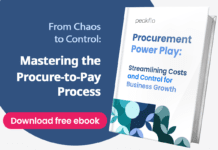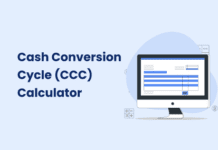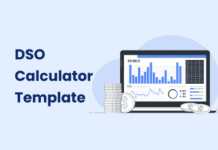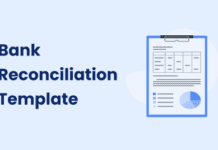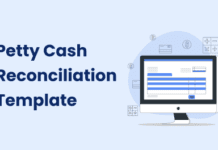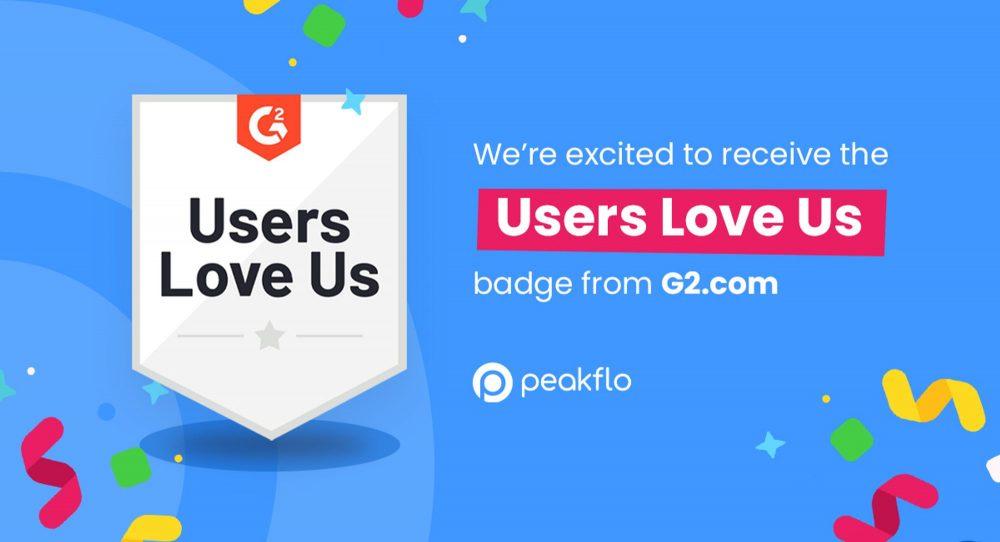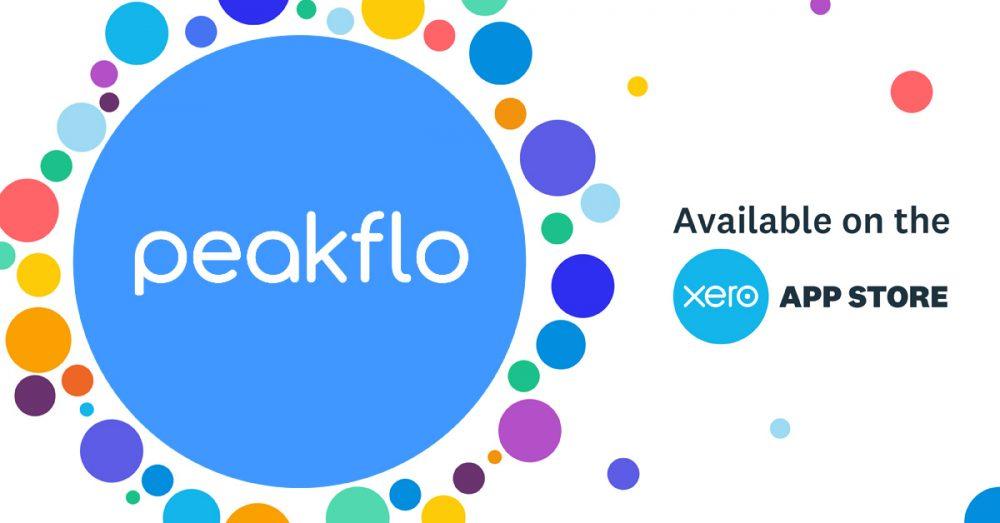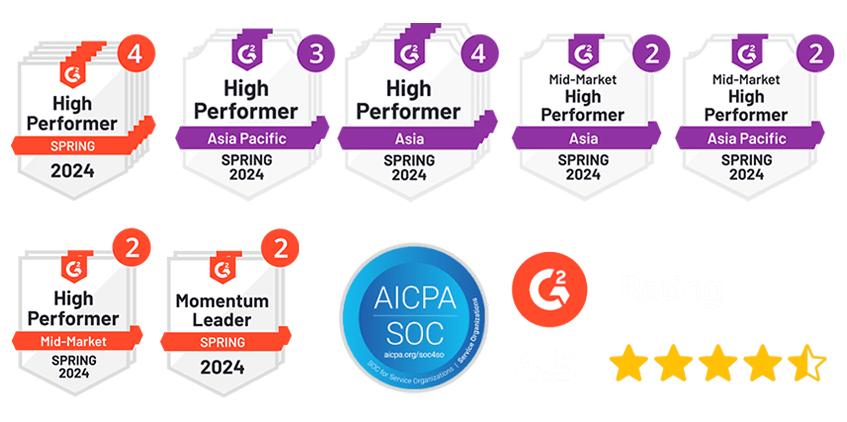Phone calls make up 92% of all customer interactions. The challenge? About 80% of cold calls go straight to voicemail. AI cold calling software is changing how we reach customers, while you retain control of that personal touch that makes sales calls work.
Traditional cold calling creates major roadblocks for sales teams. B2B organizations say their biggest problem is boosting sales productivity – 65% of them agree. Manual cold calling creates 40% bad data and wastes time during follow-ups. But AI cold calls are flipping this script. Companies now report 60% more sales-qualified leads after using these solutions.
The right AI cold calling software does more than just dial numbers – it helps build meaningful conversations with prospects. Teams that switched to automated calling have seen their leads and appointments grow by 50%. They’ve also cut their operational mistakes in half. These AI systems can spot and rank the most promising leads, so your team can focus on prospects that matter most.
This piece will show you what really works in AI cold calling for 2025. You’ll discover the technologies that deliver actual results for sales teams of all sizes.
What is AI Cold Calling and Why It Matters in 2025
AI cold calling marks a fundamental change in how sales teams reach out to prospects. Traditional methods use manual dialing and static scripts. But AI cold calling software uses advanced technologies to boost and automate the outreach process. This technology combines artificial intelligence, machine learning, and natural language processing to streamline lead identification, prioritize outreach, and create personal conversations.
How AI cold calls differ from traditional methods
Traditional cold calling feels like shooting in the dark. Sales reps dial random numbers, follow generic scripts, and hope to get lucky. This approach results in 40% inaccurate data, making it hard for managers to know what works. AI-powered systems revolutionize this process with several advantages:
- Increased efficiency: AI dialers can call multiple numbers at once and connect reps only when humans answer. Sales teams can make 3-4 times more calls daily and have 5x more conversations.
- Better lead quality: AI analyzes data from CRMs, social media, and online behavior to find decision-makers with real potential.
- Informed intelligence: AI systems give up-to-the-minute insights during calls. Reps can adapt their approach based on prospect tone and objections. About 47% of sales teams now use AI for call coaching.
- Personalization at scale: AI creates tailored scripts that match each prospect’s industry, role, and specific challenges through natural language generation and sentiment analysis.
Salesforce research shows high-performing sales teams are 4.9x more likely to use AI for sales calls. This shows the growing edge these tools provide. Teams using AI cold calling tools generate 50% more leads and connect with 60% more qualified prospects compared to manual calling.
Why 2025 is a turning point for AI in sales
The year 2025 marks a critical moment for AI in sales, especially in cold calling. Several factors make this year crucial:
Market adoption has hit critical mass. Over 50% of B2B leads come from cold calling in 2025, making it essential for outbound strategies. About 49% of B2B buyers prefer phone contact first, and 82% accept meetings from cold outreach.
The telemarketing industry has grown 4.9% yearly between 2020 and 2025. The global outbound telemarketing market will reach USD 11524.8 million in 2025. This growth shows voice communication remains vital in sales.
The 2025 AI cold calling tools have achieved remarkable accuracy in predicting intent. Companies like TitanX have created Phone Intent Platforms that find prospects most likely to answer calls. These platforms analyze 12 unique signals, including telecom data, consumer behavior, and B2B attributes. They can tell if a number works, stays active, and if someone typically answers unknown calls.
Integration capabilities have evolved. Modern AI systems automate dialing and merge naturally with CRMs. This ensures data flows correctly between systems. Teams can track everything and improve based on real performance data.
McKinsey reports that sales professionals using AI have boosted leads and appointments by about 50%. Better results and easy-to-use tools have created ideal conditions for the widespread adoption of AI cold calling software in 2025.
How AI Cold Calling Software Works
The success of any AI cold calling system depends on a smart tech setup that blends several cutting-edge components. Today’s AI cold calling software runs on four key technologies that work together to create conversations that sound just like human interactions.
1. Speech recognition and transcription
AI cold calling starts with speech recognition – the system’s ability to “listen” to prospects and turn spoken words into text. This first step lets AI systems have meaningful voice conversations with humans.
Speech recognition technology follows a clear process: it captures audio, turns it into text, and analyzes what the text means. The technology offers two main approaches:
- Asynchronous transcription processes record calls after they end, which helps with post-call analysis and coaching
- Real-time transcription turns speech into text during live calls, giving immediate insights
Sales teams get real benefits from accurate transcription. To cite an instance, Dialpad’s live transcription takes notes during conversations, which lets sales reps focus on convincing prospects rather than writing notes. The accuracy of transcription affects business results directly – systems that miss mentions of competitors or pricing discussions make teams lose key insights that could make or break a deal.
Speaker diarization technology makes this even better by spotting and tagging different speakers throughout calls. This helps teams analyze speaking patterns and conversation flow.
2. Natural language processing (NLP)
After converting speech to text, NLP acts as the “brain” of conversational AI. This technology helps AI systems understand and create human-like responses for smooth conversations.
NLP handles several complex tasks:
- Parsing (breaking down sentences into understandable parts)
- Natural language understanding (determining intent)
- Natural language generation (producing text responses)
Through sentiment analysis, NLP spots whether speakers show positive, negative, or neutral emotions during calls. Sales teams use this to spot when prospects get excited about features, frustrated about pricing, or confused about implementation. 47% of sales teams now use NLP to coach their calls, which helps them guide complex B2B conversations better.
3. Text-to-speech (TTS) for human-like responses
After understanding comes response – AI cold calling software uses TTS technology to turn generated text into natural-sounding speech.
Modern TTS uses smart neural networks that have made synthesized speech sound much better. Unlike old systems with robotic voices, today’s AI models study huge amounts of human speech data. They learn patterns in tone, rhythm, and emotional expression.
The technical setup uses three key parts working as one:
- Text analysis – understanding what needs to be said
- Acoustic modeling – figuring out how words should sound
- Waveform generation – creating actual sound waves
These parts turn written words into natural speech within milliseconds. The result includes proper pauses, emphasis, and emotional tones that make automated phone calls sound remarkably human.
4. Real-time decision-making and lead routing
The final piece adds intelligence to the calling process through live decision-making and smart routing. AI cold calling systems work like smart traffic controllers for sales calls. They use various technologies to understand what’s happening in each conversation.
These systems connect with existing CRM systems to access past interactions, purchase history, and demographic data. By combining this with live conversation insights, they create complete caller profiles that guide routing decisions.
Predictive analytics then takes over – using historical data and live signals, AI can predict which agents might close deals better or what steps to take next with prospects. The systems keep learning and adapting. Each interaction feeds back into the AI’s learning model to make it more accurate and efficient.
This smart routing helps teams get past gatekeepers to reach decision-makers – a common challenge in B2B sales. Using multiple channels, call routing, and analytics that show effective outreach patterns, AI helps teams connect with key stakeholders more easily.
Key Features to Look for in AI Cold Calling Tools
You need to evaluate key features that boost sales success when picking the right AI cold calling software. Sales technology keeps evolving. Companies must know which features actually deliver value to achieve measurable results.
1. CRM integration and data sync
Your AI cold calling tools must blend naturally with your customer relationship management system. AI gets better through machine learning by analyzing past interactions and key data in your CRM. This setup helps you:
- Log call outcomes, notes, and recordings automatically in your CRM
- Create email follow-ups or tasks based on call results so no lead gets missed
- Cut down manual data entry so representatives can focus on selling
Platforms like Emitrr work with 1000+ CRMs, including HubSpot and Dolphin CRM. They sync contact data and create efficient workflows. Customer interactions stay in one place. Companies can send reminders or follow-ups right from their CRM to boost efficiency and engagement.
2. Compliance and security standards
89% of sales teams use AI voice tools without any formal compliance strategy. This makes compliance features crucial. The FCC ruled in February 2024 that AI-generated voices count as ‘artificial’ under the TCPA. AI cold calls now face the same rules as robocalls.
Look for platforms that offer built-in compliance protection to:
- Check numbers against Do Not Call (DNC) registries
- Show required ‘call abandonment’ messages with predictive dialing
- Stop dialing during legal calling curfew hours
- Watch conversations for TCPA or GDPR compliance and flag risky language immediately
Make sure to check if your provider’s product follows privacy laws in your target markets before you start using any cold-calling tool.
3. Multilingual and global support
Global businesses can’t skip multilingual features. Studies show 75% of consumers buy again from brands that support their native language. About 80% of customers prefer companies that personalize their experience. Local language support isn’t optional anymore – it’s essential.
Top AI cold calling software in 2025 gives you:
- Coverage for 25+ languages from English to Spanish, French, German, Chinese, Japanese, and more
- Smart language detection that spots not just the language but regional dialects too
- Cultural awareness that gets local sayings and regional priorities
Companies can cross language barriers, make customers happier, and support global operations without hiring more staff.
4. Real-time coaching and analytics
Modern AI cold calling tools shine by offering instant guidance during calls. AI sales coaching helps representatives polish their approach, handle objections better, and close more deals.
Leading platforms come with:
- Live transcripts showing the prospect’s words as they speak – perfect for representatives who miss details while listening
- Speed alerts that tell you when you’re talking too fast to keep conversations flowing well
- On-screen tips for handling objections that help you respond confidently
- Call scoring based on talk-listen ratio, filler words, and key topics after each call
These coaching tools have changed the game. Platforms like Trellus help teams spot improvement areas six times faster than regular analytics.
8 Best AI Cold Calling Software in 2025
The AI cold calling software market has transformed rapidly. Several platforms now offer advanced features that deliver real results. Our analysis of performance data and user feedback shows these eight solutions as the best options to improve outbound sales efforts in 2025.
1. Peakflo AI Voice Agent
Peakflo stands out with its remarkably human-like AI voice agents that handle both inbound and outbound calls over 100+ languages and dialects. This platform knows how to understand intent, accents, and natural follow-up questions without strict scripting.
The system pulls live data from your CRM and billing tools to give context-rich answers. This makes conversations feel personal and natural. Peakflo does more than simple calls. It excels at:
- Proactive outreach for renewals and feedback collection
- Automated post-call documentation and CRM updates
Peakflo’s omnichannel features let conversations flow naturally from voice to SMS or email. The context stays intact throughout the customer’s experience. Ready to see how Peakflo AI Voice Agent can supercharge your sales outreach? Book a call with our experts today.
2. Dialpad Sell
Dialpad Sell mixes power dialing with complete AI-driven coaching. Sales teams looking for quick performance gains will find this option particularly useful. Its live transcription lets managers watch calls as they happen and offer timely support.
The platform’s AI assistant shows helpful information when keywords like “price” or “not looking right now” come up. This ensures reps handle objections well. The platform’s call scoring system reviews whether representatives used proper sales methods during talks.
3. Salesken
Salesken sets itself apart with live deal insights that help representatives during calls. The platform listens and gives instant tips for handling objections and moving deals forward.
It’s automated quality assurance reviews every call and creates AI summaries. This saves managers lots of review time. Salesken also tracks individual performance metrics well, which helps create targeted coaching to improve team results.
4. Convin
Convin specializes in conversation intelligence for sales teams. It offers detailed analytics on talk ratios, prospect speaking speed, filler words, and interruption patterns. These insights help representatives improve their communication style.
Users love how Convin makes call review simple while providing useful insights about customer interactions. The platform tracks sentiment and organizes calls by topic. This helps identify trends and ways to improve across the sales team.
5. ZoomInfo Engage
ZoomInfo Engage uses the company’s huge B2B database to improve cold calling effectiveness. The platform’s AI-powered Copilot predicts deal outcomes, spots risky opportunities, and creates accurate revenue forecasts through automated BANT qualification.
Its breaking alerts feature sends time-sensitive opportunities through Slack. Teams can quickly sort emerging leads and act on high-quality intent signals.
6. VanillaSoft
VanillaSoft does great at compliant, efficient outbound calling. It offers different dialing modes for various campaign needs. The platform has progressive dialing for maximum efficiency, preview dialing for quality-focused interactions, and parallel dialing for high-volume outreach.
VanillaSoft’s continuous compliance engine stands out. It checks every number against Do Not Call lists before dialing to ensure TCPA compliance. The queue-based lead routing pushes the best leads to representatives automatically, making every call both efficient and relevant.
7. Fireflies.ai
Fireflies.ai is an impressive AI-powered meeting assistant. It transcribes, summarizes, and analyzes cold calls with great accuracy. Its speaker talk-time analysis and sentiment tracking reveal conversation patterns that might go unnoticed otherwise.
The platform transcribes calls in over 60 languages with 95% accuracy. It delivers detailed summaries and action items without manual notes. Teams can use its Smart Search to find specific discussion points from past calls quickly, creating a valuable collection of sales knowledge.
How to Set Up an AI Cold Calling System
A well-laid-out AI cold calling system can lead to great results when you do it right. Small agencies and enterprise sales teams need a smooth implementation to get the best outcomes.
Step 1: Choose the right platform
Your platform choice matters a lot. The quality of voice should be your top priority—robotic-sounding voices cut down conversion rates. You need a system that lets you customize conversations for your products and audience. The platform must work smoothly with your current CRM. Look for vendors that give you good onboarding support and quick help when needed. Platforms like Lindy offer a no-code interface, while others might need some technical knowledge.
Step 2: Build a strong knowledge base
The quality of your AI agent depends on its information source. Start with your company’s core details—product descriptions, pricing, and what makes you different. Add your sales methods, including conversation guides, qualification questions, and when to escalate. Your agent should know about competitors and market trends to handle objections. The knowledge base needs regular updates with new features, market shifts, and better sales approaches.
Step 3: Train your AI agent
Training an AI system works like bringing a new salesperson up to speed. The system needs to learn your industry’s words and product details to sound natural. Show it what good calls look like—many platforms let you upload successful call recordings as examples. Your team should test the system thoroughly before real calls to spot any issues. Set up a way for your team to review calls and point out what needs improvement.
Step 4: Test and monitor performance
Start small with a test batch of 20-50 calls to work out any problems. Watch important numbers like how many calls the system makes, connection success, how long people talk, sales results, and how customers react emotionally. Put these numbers on a dashboard next to your goals to see where you can make scripts better and target more accurately. Your AI system will work better when you keep watching and adjusting based on what the data shows.
Challenges and Legal Considerations
AI cold calling software offers many benefits, but companies don’t deal very well with regulatory requirements. The implementation of these tools needs careful attention to legal and ethical standards.
1. Understanding TCPA, GDPR, and HIPAA
The FCC made a vital decision in February 2024 that AI-generated voices fall under TCPA regulations as ‘artificial’ voices. This means AI cold calls must follow the same compliance standards as traditional robocalls. GDPR in Europe needs explicit consent before processing personal data. HIPAA in healthcare requires extra safeguards for protected health information. Breaking these rules can be costly – TCPA violations alone can cost more than USD 500.00 per call.
2. Handling emotional intelligence and rapport
AI technology has made amazing progress, but it still can’t handle nuanced human interactions well. The technology has limits in detecting emotions, building real trust, and adapting to subtle conversational signals. Cold calling already makes it hard to connect with skeptical prospects. That’s why successful systems let human agents handle complex or sensitive conversations.
3. Avoiding over-automation pitfalls
Too much automation leads to impersonal interactions that hurt customer relationships. One expert put it this way: “Bad automation can destroy trust and cost you sales”. Customers should always know if they’re talking to AI or humans. The real challenge lies in finding the right balance, since AI works best as a tool to enhance human capabilities rather than replace them completely.
Conclusion
AI cold calling software has revolutionized how sales teams reach their prospects. These powerful technologies have brought remarkable changes and delivered impressive results. Sales teams now generate 50% more leads and qualify 60% more prospects compared to old-school methods.
Your AI cold calling success depends on picking the right platform that fits your needs. Voice quality, customization options, and uninterrupted CRM integration should be your must-have features.
Sales teams that blend automation with human touch will lead tomorrow’s market. AI brings efficiency and consistency, but human agents still excel at complex or sensitive talks. This combined approach works best – AI handles routine tasks while your team builds relationships and closes deals. The right setup can increase efficiency, improve lead quality, and spark meaningful prospect conversations. As we head into 2025, AI cold calling will help your sales team reach new heights – making cold calls work again.
FAQs
Q1. Is AI cold calling still effective in 2025?
Yes, AI cold calling remains effective in 2025, especially for B2B sales. It automates outreach, qualifies leads, and improves team productivity. However, its effectiveness can vary by industry and target audience.
Q2. What are the key features to look for in AI cold calling software?
Important features include CRM integration, compliance safeguards, multilingual support, and real-time coaching capabilities. Look for platforms that offer seamless data syncing, built-in legal compliance, support for multiple languages, and AI-driven performance insights.
Q3. How does AI cold calling differ from traditional methods?
AI cold calling uses advanced technologies like speech recognition, natural language processing, and machine learning to automate and enhance the calling process. It can handle multiple calls simultaneously, provide real-time insights, and offer more personalized conversations compared to traditional methods.
Q4. What challenges do businesses face when implementing AI cold calling?
Common challenges include navigating complex regulations like TCPA and GDPR, handling emotional intelligence and rapport-building, and avoiding over-automation that can lead to impersonal interactions. It’s crucial to find a balance between AI efficiency and maintaining a human touch.
Q5. How can companies set up an effective AI cold calling system?
To set up an effective AI cold calling system, companies should choose the right platform for their needs, build a comprehensive knowledge base, thoroughly train the AI agent, and continuously test and monitor performance. Starting with a small batch of test calls and refining the approach based on data is recommended.

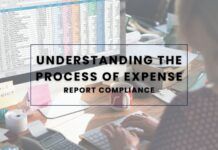







![Why AI Sales Calls Are Making Good Sales Reps Even Better [2025 Guide] ai sales calls](https://cdn-kmjmp.nitrocdn.com/YvtqmrsiHUxqerlSiZgbfzqqTARWTElr/assets/images/optimized/rev-834053b/blog.peakflo.co/wp-content/uploads/2025/09/65168cf6-3001-4733-8cbc-12d5684cf449-218x150.webp)








